Let’s face it—swampy soil gets a bad rap when it comes to growing fruit. Most people picture soggy roots, stunted trees, and plants gasping for air in heavy, waterlogged ground. And it’s true: many popular fruit trees struggle in those conditions. Apples, peaches, and cherries often fail miserably when their roots are drowning.
But that doesn’t mean you’re out of luck.
If your garden is more marsh than meadow, or your backyard holds water like a sponge after rain, there’s still hope. In fact, some fruits love the wet. They’ve adapted to thrive in swampy spots, boggy basins, and tropical lowlands where other trees give up. From native wetland species to tropical fruits that flourish beside rivers and ponds, there’s a surprising variety of edible plants that grow just fine in soggy soil.
In this post, we’ve gathered 22 fruits that don’t just survive in wet ground—they often do their best growing there. Whether you’re reclaiming a low-lying patch of land or simply curious about nature’s swamp-loving snacks, this list will give you plenty to chew on.
1. Pond Apple (Annona glabra) – also known as Alligator Apple
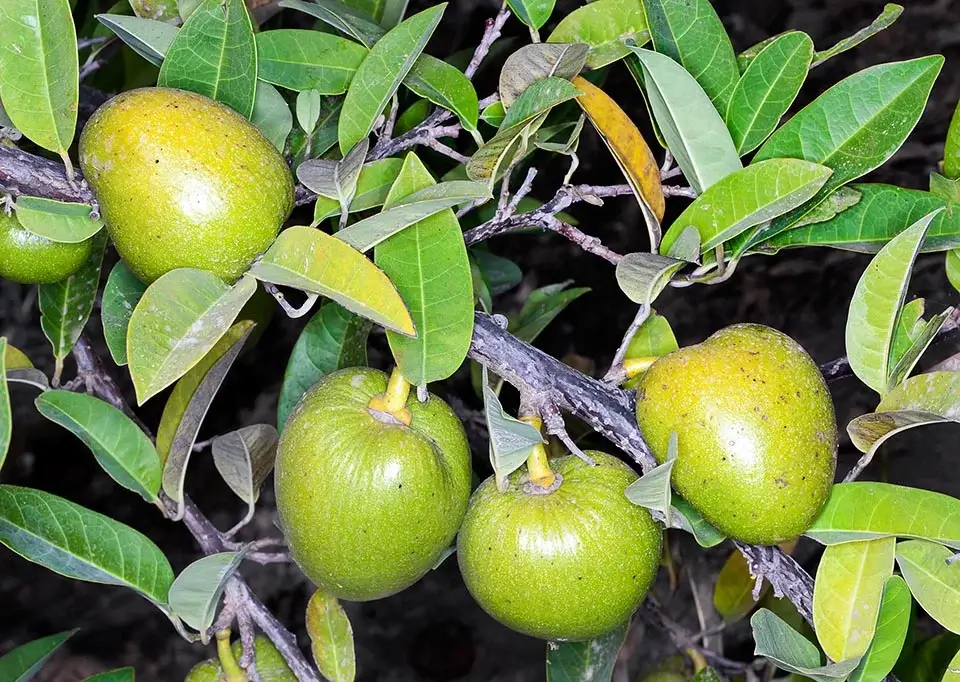
Found in the freshwater swamps and wetlands of Florida, the Caribbean, and Central/South America, the pond apple is a true native of the floodplain. This tree can grow in standing water and even tolerate brackish conditions—making it a go-to for low-lying, soggy lands. Its fruit resembles a custard apple but is more fibrous and less sweet. While not a common table fruit, it can be eaten when ripe and has been traditionally used in local survival diets. Wildlife, especially alligators and raccoons, also feast on it—hence the nickname. For foragers, it’s a perfect example of how edible resources adapt to extreme environments.
2. Swamp Gooseberry

Thriving in wet meadows and swamps across North America, this lesser-known gooseberry bears small, tart fruits that are excellent for preserves or drying. Unlike some other gooseberries, swamp gooseberry tolerates heavy, poorly drained soils, making it ideal for foragers venturing into wet thickets or near marsh edges. It’s also thorny, so gloves help. Look for them in midsummer, and don’t let their small size fool you—the flavor is bright, tangy, and packed with vitamin C.
3. Swamp Dewberry
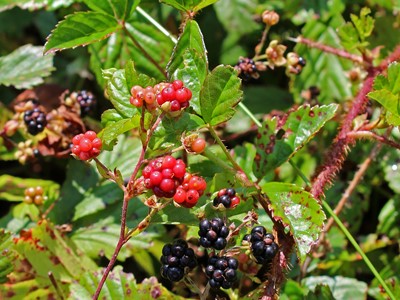
Often overlooked due to its low, creeping growth habit, swamp dewberry forms tangled mats in bogs, wet woods, and stream banks. Its fruits resemble blackberries but are typically smaller and shinier. The plant’s trailing stems root easily where they touch the ground, making it a great ground cover in moist areas. Berries ripen in mid to late summer and are best eaten fresh, though they can be cooked into wild jams.
4. Bristly Swamp Currant
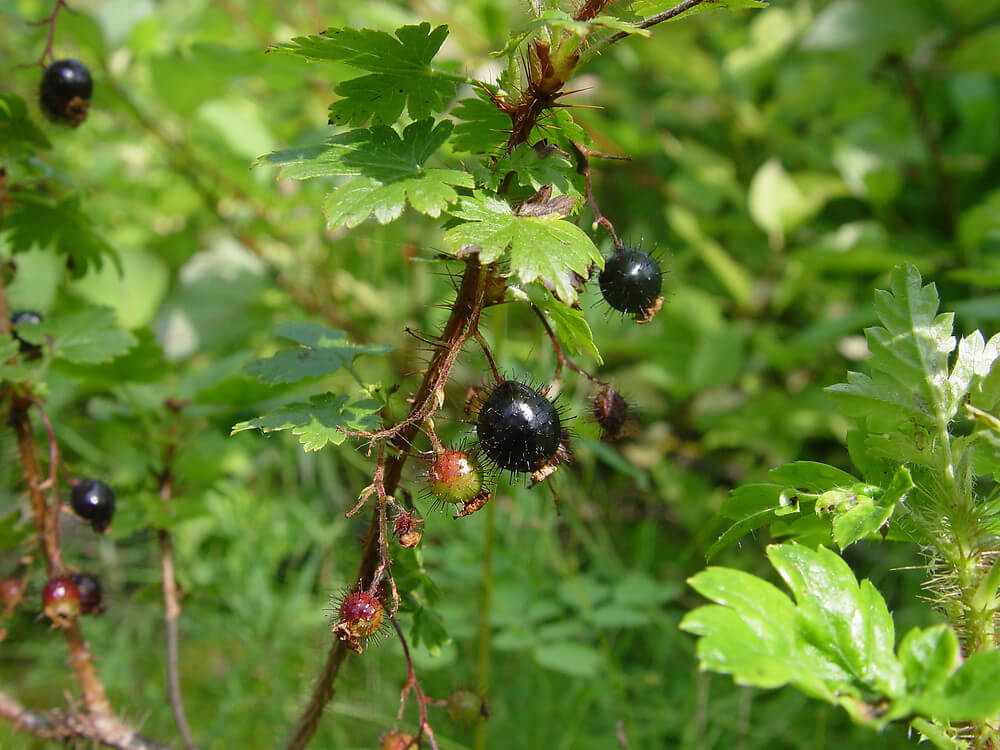
This hardy currant grows in wet forests and along swampy streams in northern climates. As the name suggests, it has a bristly or spiny stem, making it easier to identify during foraging trips. The dark red to black fruits are edible, though often tart and seedy. Indigenous groups have used them for cooking and medicine. If you find yourself in boreal swamp regions, this fruit is a hidden treasure, especially when boiled into syrups or added to stews.
5. Black Chokeberry
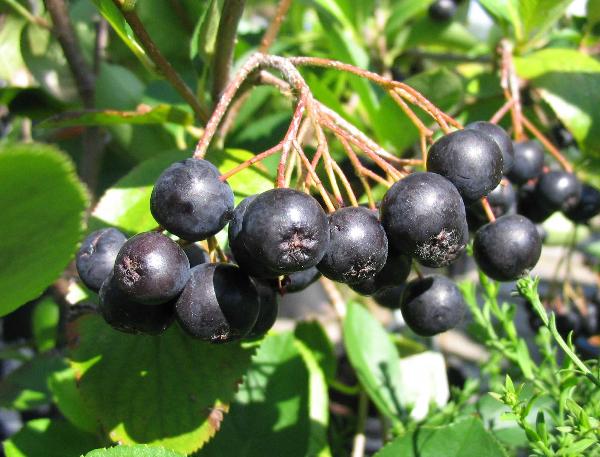
One of the best-kept secrets of wetland edges and swampy thickets, black chokeberry offers dense clusters of deep purple-black fruits in late summer. Though astringent when raw (hence the name “chokeberry”), they’re nutrient-dense and packed with antioxidants. They shine in survival settings for their shelf-stable qualities—perfect for drying, jamming, or brewing into a tart tea. The shrubs are flood-tolerant and extremely cold-hardy, making them a favorite for rewilding wet areas.
6. Swamp Rose Fruit
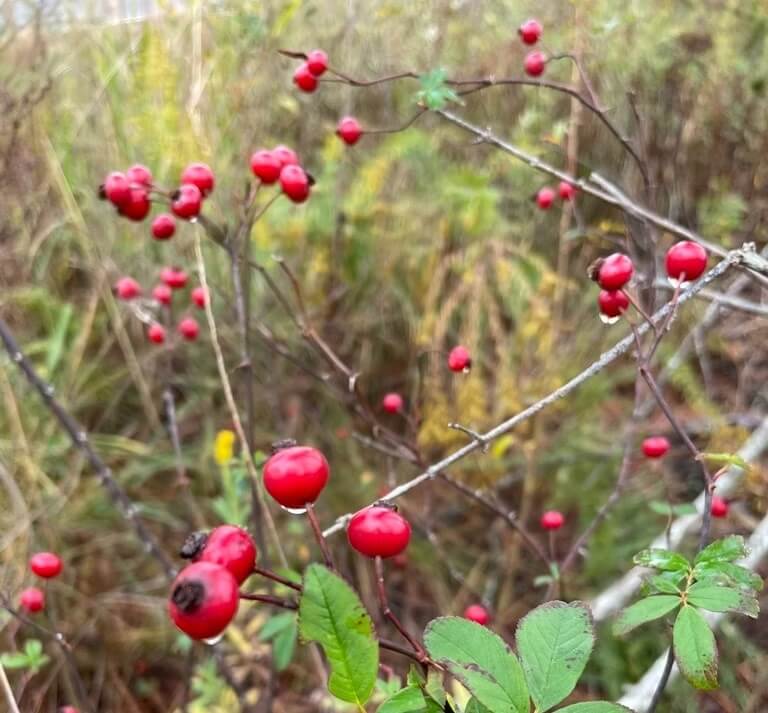
This native rose prefers swampy ground, wet ditches, and the edges of ponds. More than a pretty face, it produces edible rose hips in the fall, which are rich in vitamin C and useful for teas, syrups, and natural remedies. Its fragrant pink flowers bloom mid-summer, attracting pollinators. For wildcrafters, the swamp rose is a multi-use plant: ornamental, medicinal, and edible all in one. It’s a great plant to forage if you’re aiming to stay healthy during long stays in the wild.
7. Wampi (Clausena lansium)
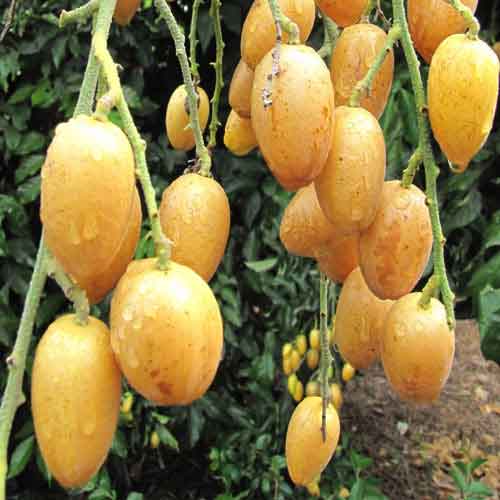
Though not a swamp native, Wampi handles tropical humidity and seasonal flooding with ease. Native to Southeast Asia, it produces clusters of small, translucent fruits with a citrusy punch. Think of it as a cousin to kumquats and lemons—sharp, tangy, and juicy. It’s valued in traditional Chinese medicine, and its leaves are aromatic too. For tropical foragers or gardeners in humid, flood-prone zones, the wampi can be a productive, semi-wild fruit option.
8. Water Chestnuts
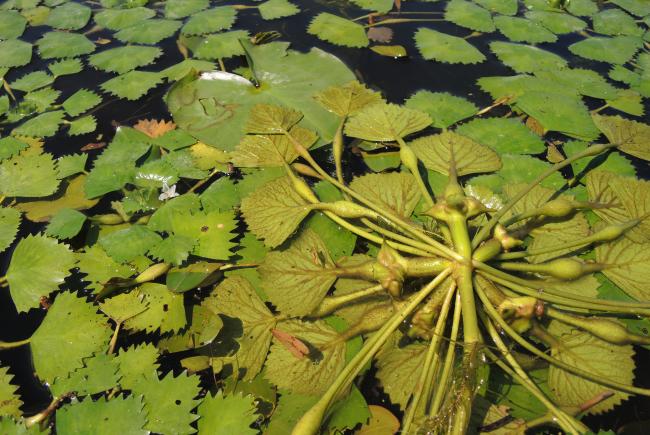
Not a fruit in the traditional sense, but a foraging favorite in swampy habitats. Water chestnuts grow underwater in slow-moving swamps and ponds, producing edible corms that are crisp, sweet, and commonly used in Asian cuisine. You’ll often find them in dense mats among reeds. They’re dug up from the mud in late summer to fall. A valuable carbohydrate source, they’re excellent for survivalists looking for starchy wild foods in wetlands.
9. Nephelium maingayi (Serait, Mujau, Buah Sungkit)
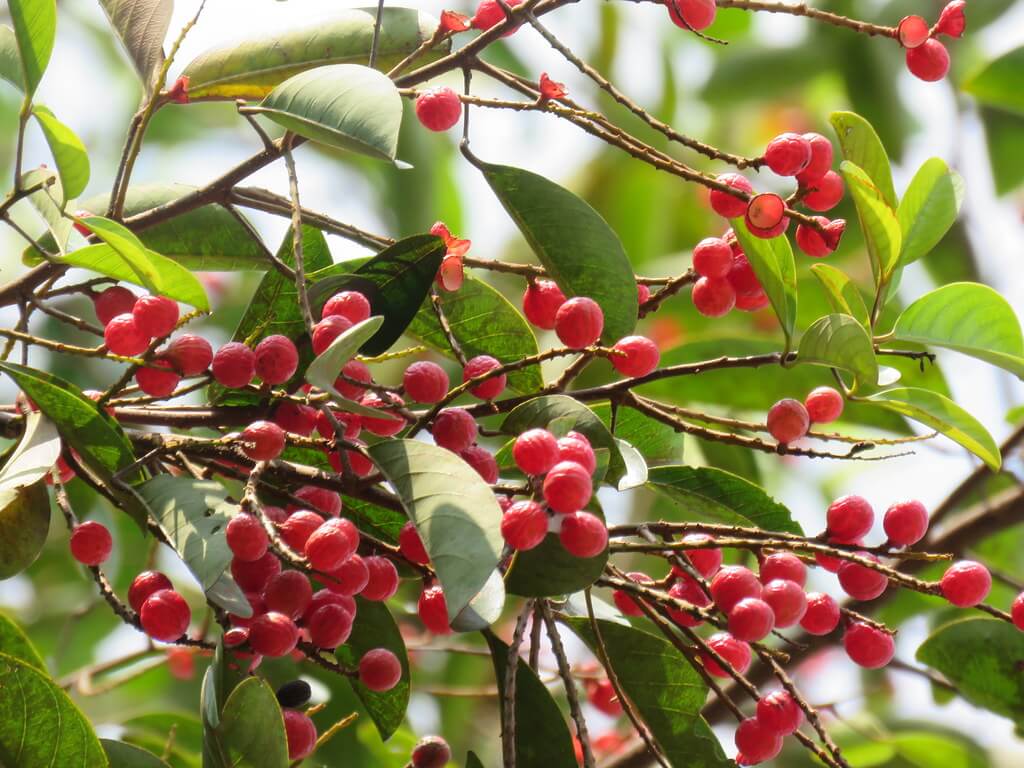
This tropical rainforest fruit thrives in swampy, water-rich soils of Borneo and surrounding areas. The fruit resembles a rambutan with a less hairy, leathery skin, and reveals juicy, translucent flesh around a single seed. It’s sweet with a lychee-like flavor and often foraged by locals. It’s lesser known outside its native range, but if you’re exploring Southeast Asian swamplands, keep an eye out for this edible gem growing on small trees along riverbanks.
10. Mangrove Apple
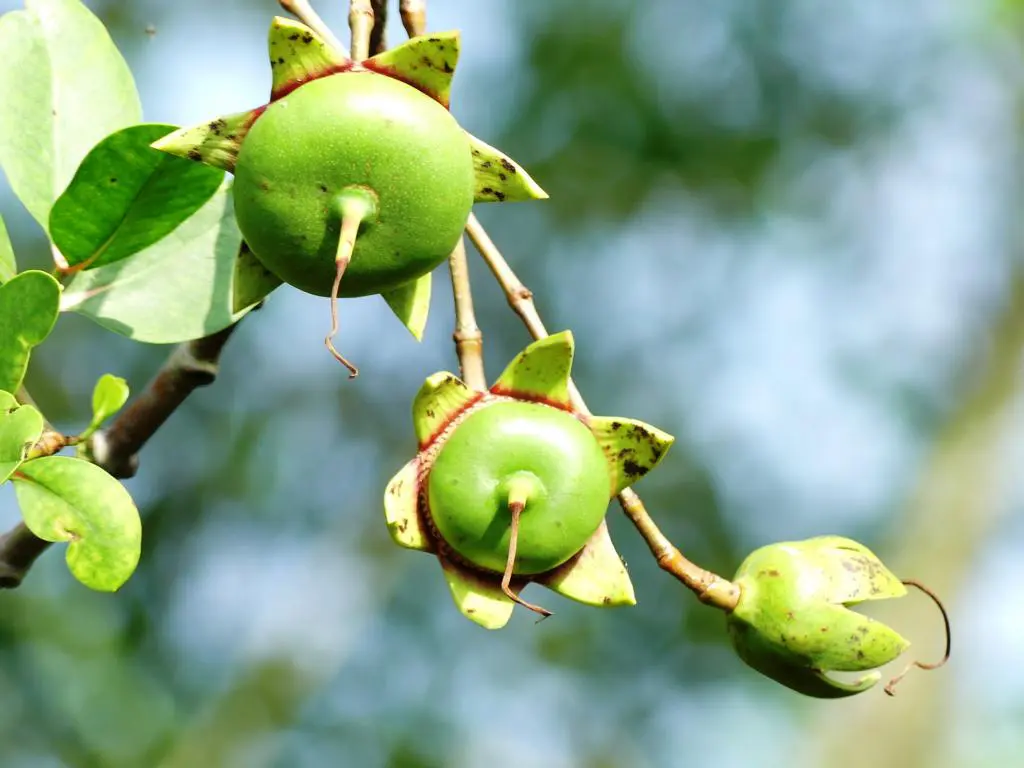
A true swamp dweller, this fruit grows on mangrove trees along muddy coastlines and tidal swamps. The fruit is round, greenish, and often used in Southeast Asian cooking—especially in chutneys and sour sauces. It’s rich in vitamin C and antioxidants. The tree thrives in saline, waterlogged soil where few others survive. For foragers navigating coastal swamps or estuaries, mangrove apples offer a wild, sour snack and an example of resilience in harsh environments.
11. Camu-Camu (Myrciaria dubia)
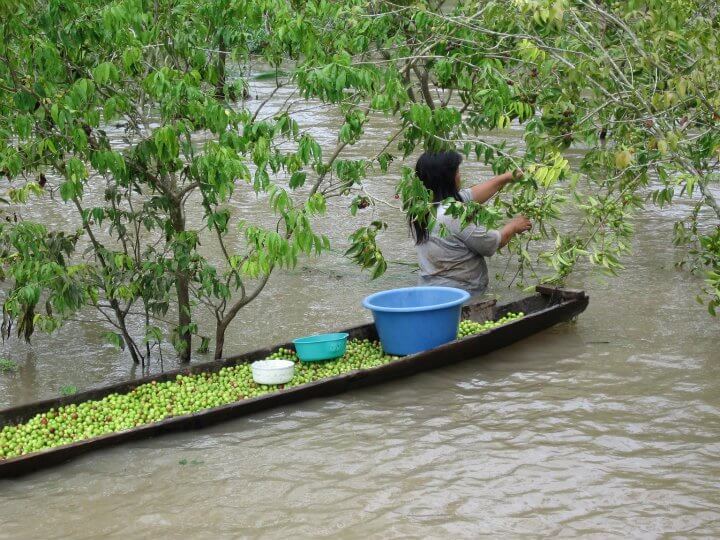
Found along the swampy banks of the Amazon River, camu-camu produces small, cherry-like fruits that are famously high in vitamin C—some of the highest concentrations in any fruit. The shrubs grow in waterlogged, seasonally flooded areas and can even withstand being partially submerged. The fruit is extremely sour when raw but is often processed into powders, juices, or supplements. For survivalists in tropical flood zones, camu-camu is both medicine and nourishment in one small, powerful berry.
12. Brazilian Eugenias
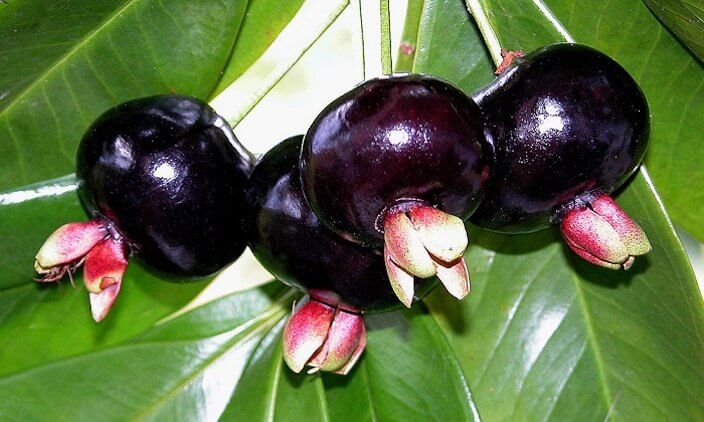
Many Eugenias, like Eugenia uniflora (Surinam cherry) and Eugenia brasiliensis (Grumichama), come from Brazil’s Atlantic rainforest—an environment known for its heavy rainfall and water-retentive soils. These small trees and shrubs tolerate humidity and periodic flooding, especially in their native habitats. The fruits range from tart to sweet, often deep red or purple, and are rich in antioxidants. For foragers in tropical wetlands, Brazilian Eugenias offer flavorful snacks and reliable sources of vitamins when fruiting in summer.
13. Mangosteen
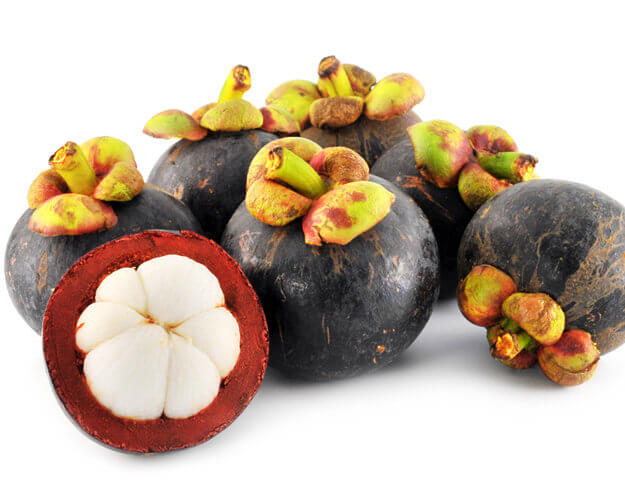
Known as the “queen of fruits,” mangosteen thrives in tropical climates with high humidity and abundant rainfall. Though slow-growing and sensitive to drought, it loves deep, rich soils that retain moisture. While it doesn’t grow in standing water, it handles regular saturation well. The fruit has a thick purple rind and soft white segments inside—sweet, tangy, and incredibly juicy. If you’re in a lowland tropical zone with soggy ground, mangosteen could be your best high-value, slow-reward fruit tree.
14. Fig (Ficus species)
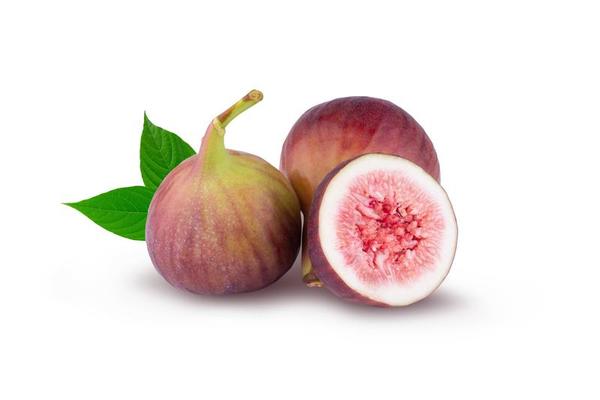
Figs are an amazing genus for swamp explorers. Many species like Ficus sycomorus or Ficus racemosa thrive in wet valleys, along riverbanks, and swamp margins. Their roots are adapted to anchor into muddy soils and even survive seasonal floods. The fruit itself is soft, sweet, and teeming with tiny edible seeds. What’s more, wild fig trees often produce at irregular times, offering unexpected bounty for foragers in tropical or subtropical wetlands.
15. Starfruit (Carambola)

Starfruit loves warmth and moisture. Native to Southeast Asia, this small tree grows best in humid climates and tolerates short-term waterlogging if the soil drains eventually. The fruits are crisp and juicy with a flavor somewhere between apple and citrus, and they grow prolifically in the right conditions. For survivalists or home growers near swamps or tropical flood zones, starfruit is a reliable, fruiting companion that needs little maintenance once established.
16. Guava
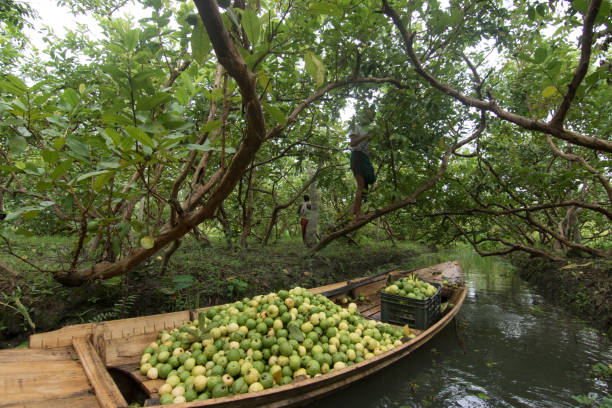
Guava trees are remarkably tolerant of wet conditions and even some flooding, especially in tropical zones. Often found growing near rivers or in low-lying lands, they thrive in heavy, moisture-retentive soils. The fruit is aromatic and rich in vitamin C, with pink or white flesh inside. For foragers in humid areas, guava is a fast-growing option that can quickly provide edible fruit, leaves for tea, and a pleasant scent to guide you in the wild.
17. Indian Gooseberry (Amla)
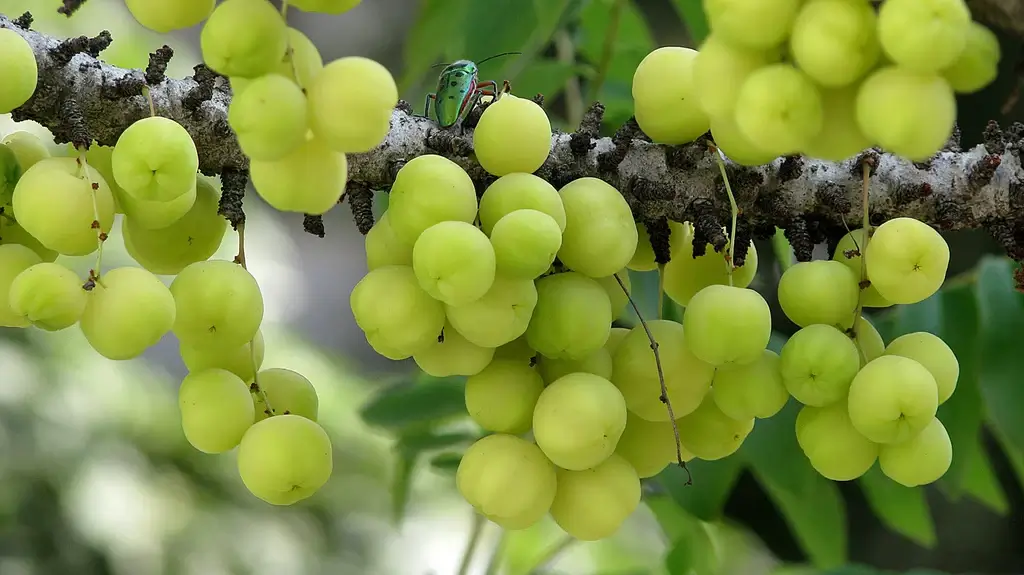
Amla grows well in moist tropical forests and tolerates swampy edges with surprisingly good resilience. It prefers well-drained soil but can handle seasonal saturation in monsoon regions. The fruit is very sour and a powerhouse of nutrients—especially for immunity. In survival situations, just one or two amla fruits can provide a hefty dose of vitamin C.
18. Rollinia deliciosa (Biriba)
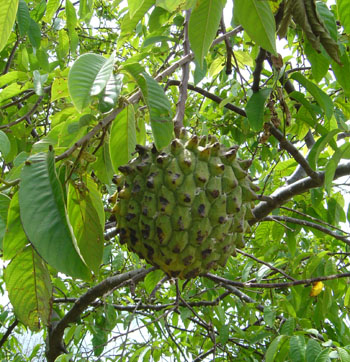
A lesser-known cousin of the soursop, rollinia grows naturally in wet tropical forests and tolerates soggy soil conditions better than many fruit trees. The fruit is soft and yellow with spiny skin, and the flesh has a custard-like texture with hints of lemon meringue. It’s fragile and doesn’t ship well, so finding it in the wild or growing it near swampy ground is one of the few ways to enjoy it. A dream for tropical fruit lovers and wildcrafters alike.
19. Dragon’s Blood Tree Fruits (Dracaena cinnabari)
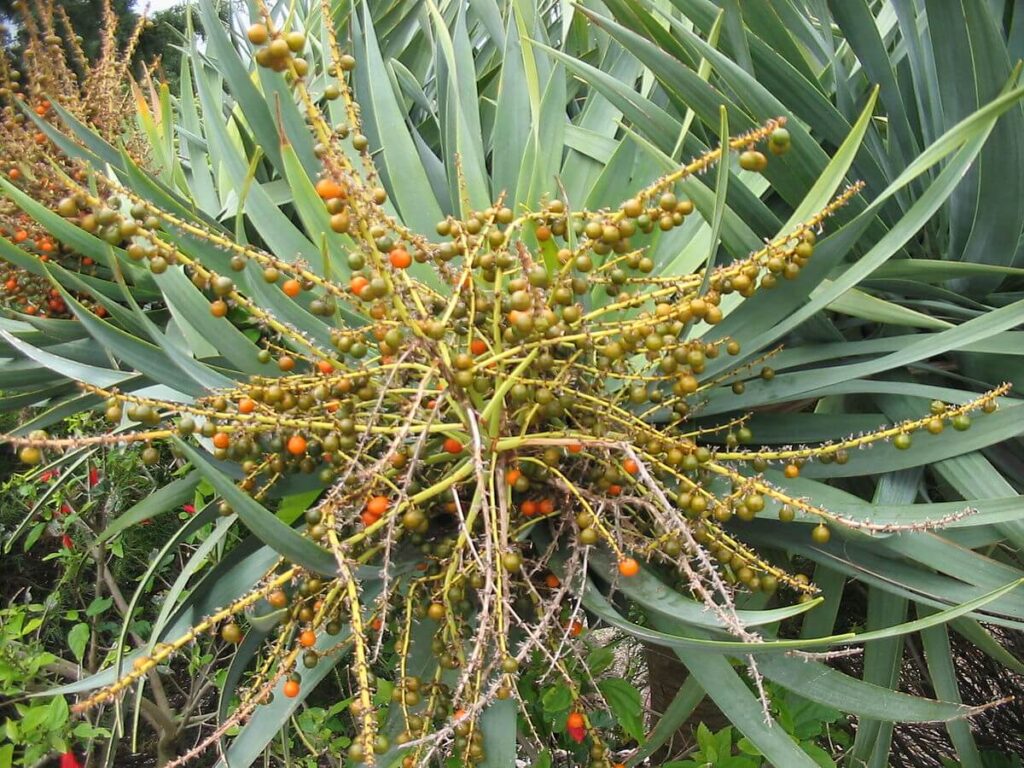
While not your typical wetland species, some related Dracaena and Dracaenaceae members grow in semi-swampy tropical forests. The actual Dracaena cinnabari prefers drier zones, but certain tropical relatives that bear fruit thrive in moist habitats. The small berries are not commonly consumed but are important to local wildlife. For plant and fruit enthusiasts interested in mythical or symbolic trees, these fruits are a fascinating oddity—though not a staple food source.
20. Raphia Palm (Raphia farinifera)
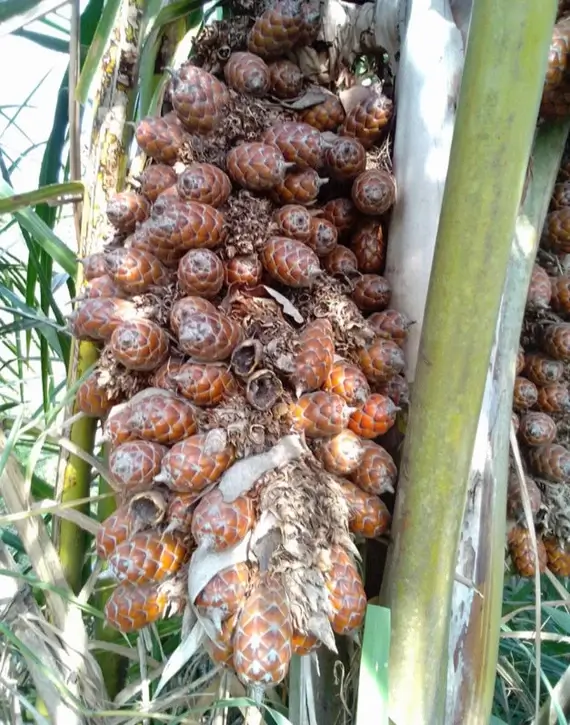
A true swamp palm, the Raphia is native to tropical Africa and thrives in swamps, river edges, and flood-prone lands. It produces large clusters of fruit that are edible when roasted or fermented. The tree itself is massive, with the largest leaves of any plant. It’s also tapped for its sap, which is used to make palm wine. For survivalists, Raphia provides food, drink, and building material—making it a true multi-use swamp species.
21. Blue Quandong (Elaeocarpus grandis)
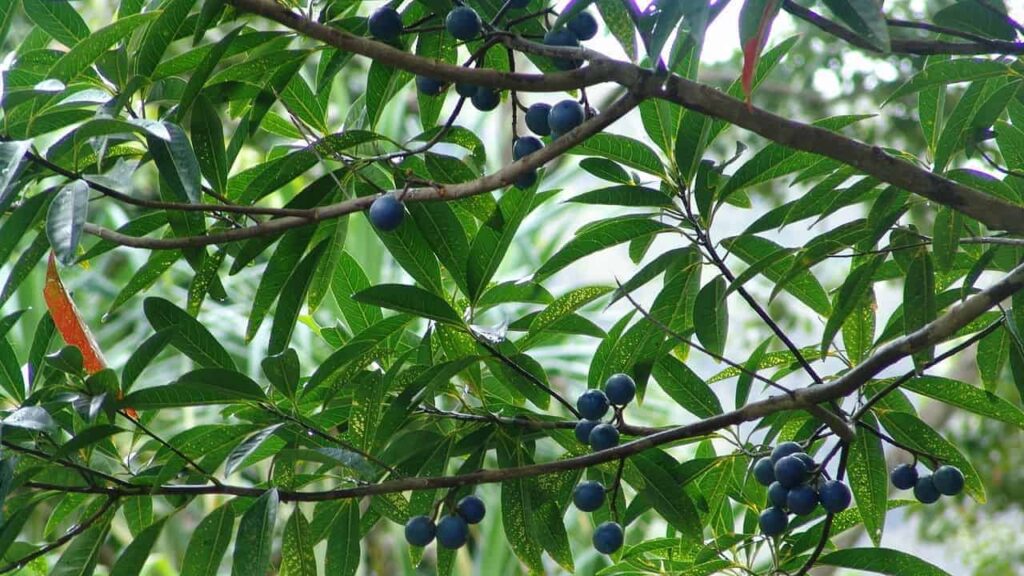
Native to Australian rainforests, the blue quandong is a tall, elegant tree that grows well in wet, riparian zones and swampy forest floors. Its bright blue fruit is visually striking, with a tart green flesh surrounding a hard seed. Though astringent raw, it’s often used in jams or ground into flour. Indigenous Australians have long used it as a food source.
22. Kahikatea Berry
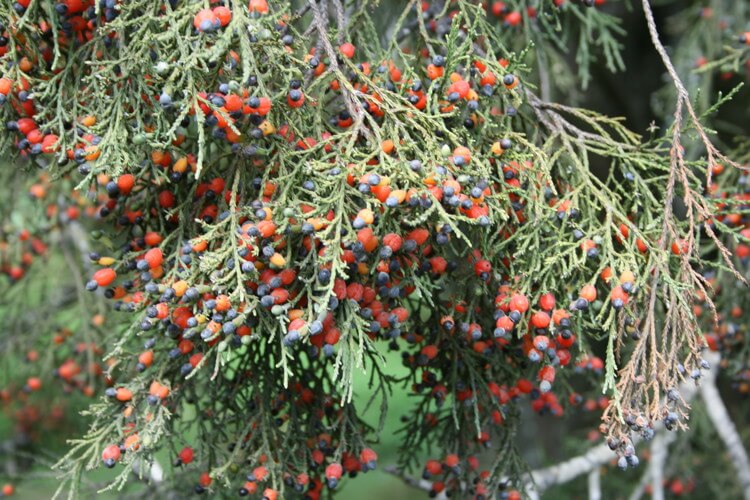
Kahikatea, New Zealand’s tallest native tree, thrives in swampy lowlands and riverine forests, often forming dense stands in muddy soils. Its berries, known to Māori as koroī, are bright orange-red and topped with a single black seed. Juicy and mildly sweet, they were once a seasonal delicacy for people and remain an important food source for native birds like the kererū.
